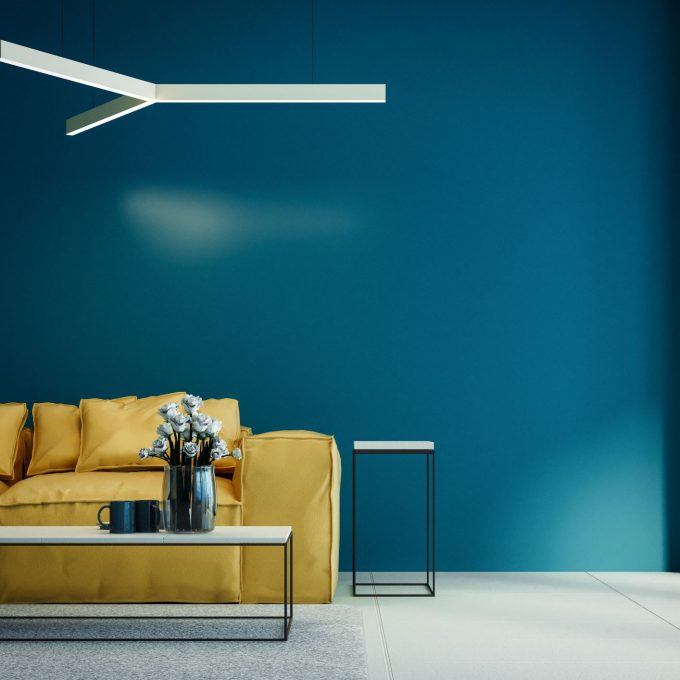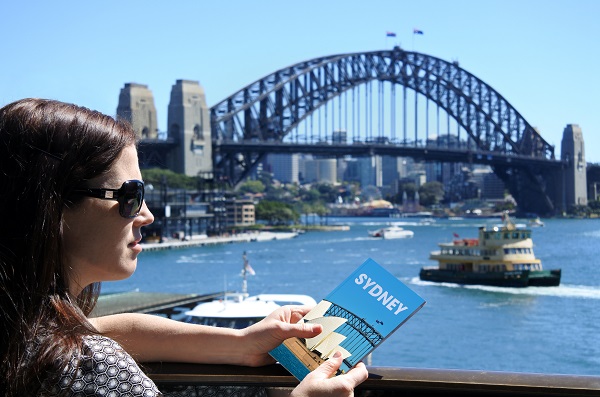
Which design trends are warming accom this autumn?
A wave of colour and individuality is sweeping through the world of accom design, washing away any vestiges of bland and uniform.
Properties from luxury hotels to indy guesthouses are combining quirky touches and a renaissance in colour with a focus on all things natural and health-giving.
The concept of ‘slow life’ – living more consciously, saving space, and giving priority to timeless, sustainable materials – is translating from homes to hotels and driving the trend towards the careful curation of individual pieces.
And as work spaces become increasingly flexible thanks to roll-up walls, reconfigurable furniture and power outlets built into floors, designers are focussing more than they have ever done on the appeal of accom’s collaborative spaces.
We spoke to the team at FF&E specialists Move-in about the latest trends, and how an interior designer can help achieve the optimum balance between style and practicality.
Interior designer Sarah Olukhale said: “I think people are looking for a more unique or boutique experience in accommodation over a generic ‘brand’ now.
“We are in such a visual age with social media platforms and booking sites front and centre, people are becoming more design conscious.
“Injecting a sense of place is also an important design feature, particularly in city hotels.”
Asked how statement furniture and artwork help create an ambience in public spaces, she said: “Well designed public spaces are inviting. Beautiful statement furniture always plays a role in creating visual interest in a space, but it should also be comfortable and functional.
“As a designer, I like to select pieces within a space that perhaps encourage social interaction and others that allow for peaceful solitude.
“Selecting the right artwork for a space is critical, it grounds the overall design, provides a focal point and good artwork invites conversation. The same elements that make your home warm and inviting also apply to social spaces.”
According to fellow interior designer Stephanie Siladi, the trend is moving away from retro 90s pastels towards “rich, warm autumnal colours, including deep red, mustard and emerald green while being juxtaposed against lucid blues, yellows and terracotta”.
While interior designers are obviously formally trained in looking creatively at a space, they also have a network of supplier connections and some ingenious solutions to individual situations which can help keep costs down.
Another member of the Move-in design team, Melissa Molnar, says: “Engaging the services of a designer can actually save you from expensive mistakes and design the space to incorporate some existing items.
“That can include refinishing pieces to work with a new colour scheme such as dipping a piece of metal to be gold instead of black, changing the loft of a sofa cushion and reupholstering in a way to make it mid-century modern instead of arts & craft style.
“I’ve even reframed a client’s abstract artwork with fillets and coloured core to coordinate with the new style of home after a renovation.
“Usually interior designers have built relationships with suppliers so with that experience they can push the design boundaries and deliver a scheme totally customised to a client’s needs.”
So what are the main considerations when it comes to placing soft furnishings, artwork, fabrics and window treatments in different areas around a property?
According to Melissa, it’s about working to budget and the specifics of each individual job and balancing visual appeal with practical considerations.
“Furnishings for an outdoor area have to be suitable for all-weather conditions such as with reticulated foams & mild/mildew resistant fabric, in the same way that bedroom drapery will have a room darkening capability versus a light diffusing effect in a day room,” she said.
“For window treatments, we tend to specify layers to give flexibility because some locations might look out to a narrow laneway, so letting in light is important, but you don’t want your neighbours to get an eye full; a ‘top down bottom up’ blind would be fabulous for this application. If this was in a bedroom you could even add a set of curtains for more light control, colour and to soften the edges of the window.
“When it comes to artwork it can be quite personal – everyone has an opinion. In a corporate situation I try to guide my client to think of art as an extension of the ambience they are creating.
If it’s too personal, it can end up feeling separate to the furnishings. It should complement the scheme in terms of composition, colour and framing. Scale is also important and I like a group of three…a focal point over a sofa to balance with the height of a floor lamp will have more effect than just a print alone.”

AccomNews is not affiliated with any government agency, body or political party. We are an independently owned, family-operated magazine.




